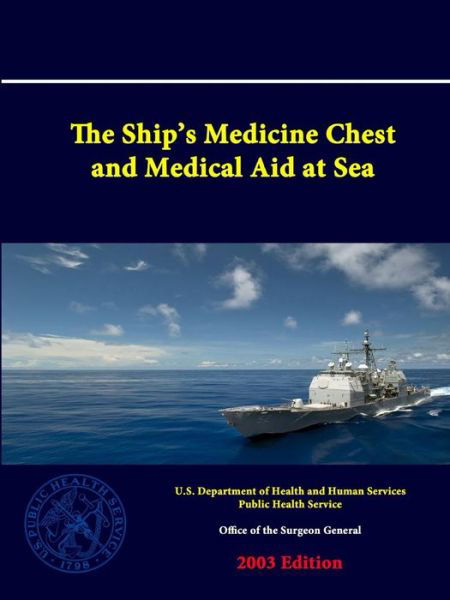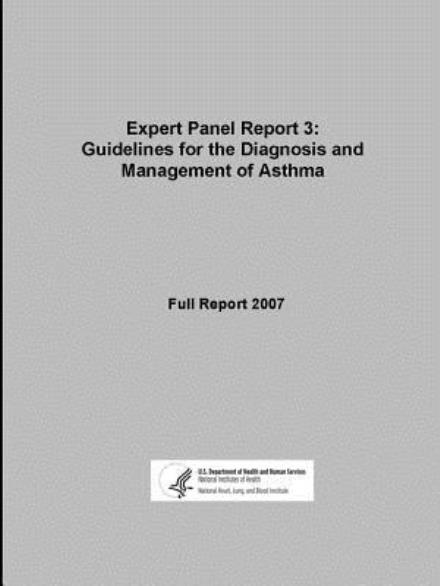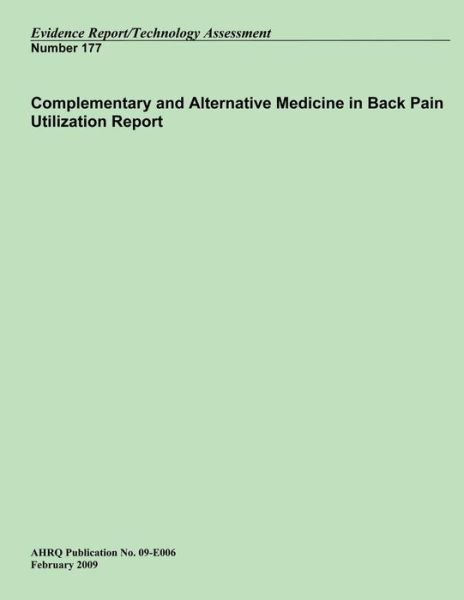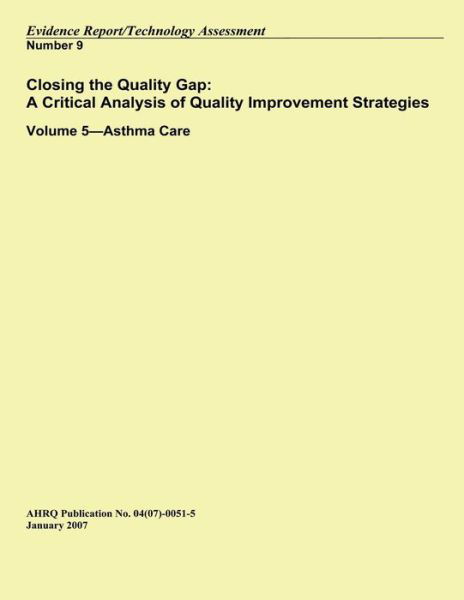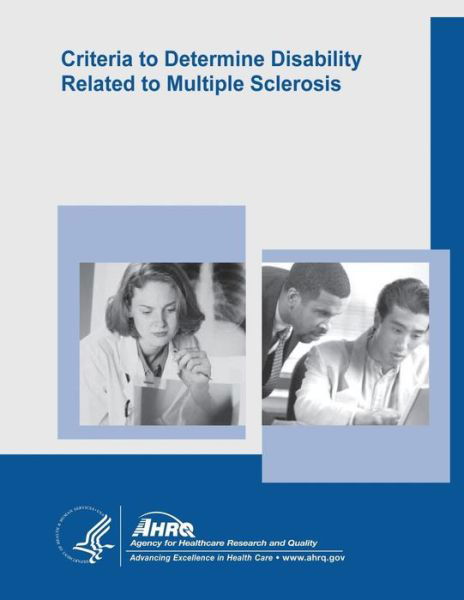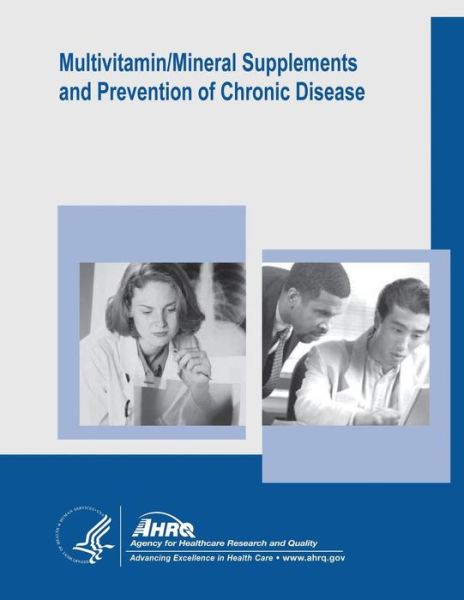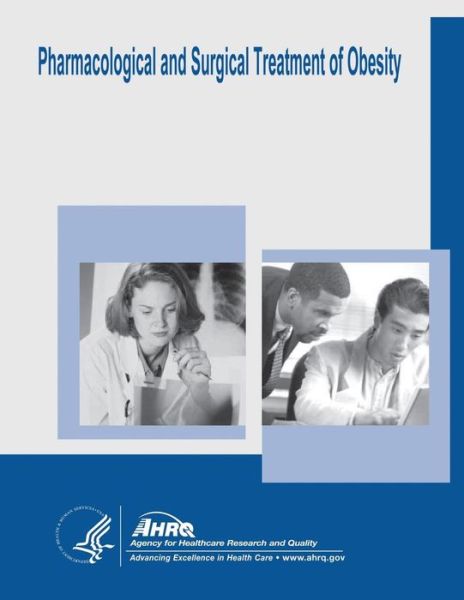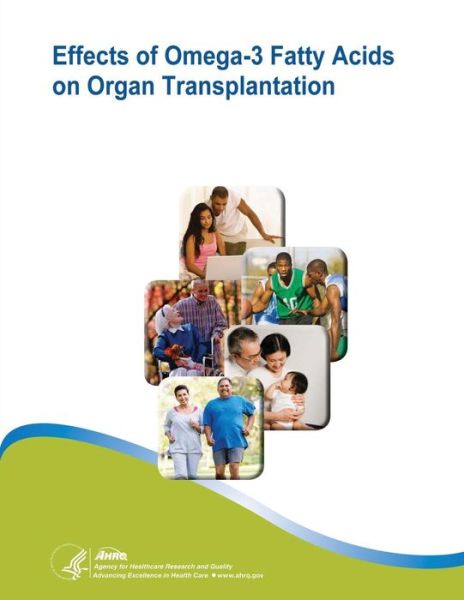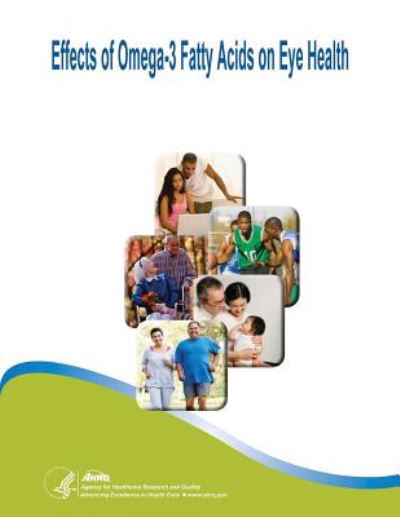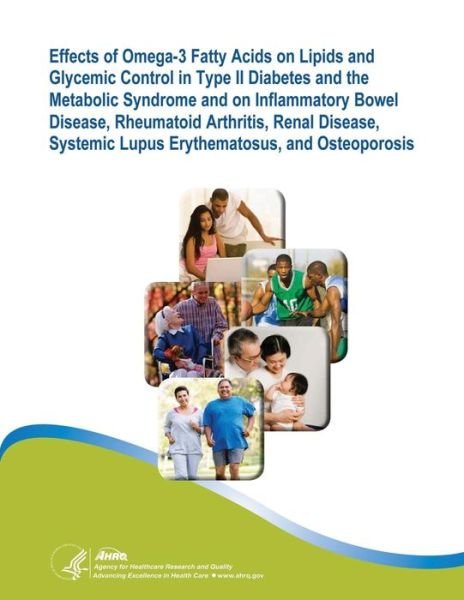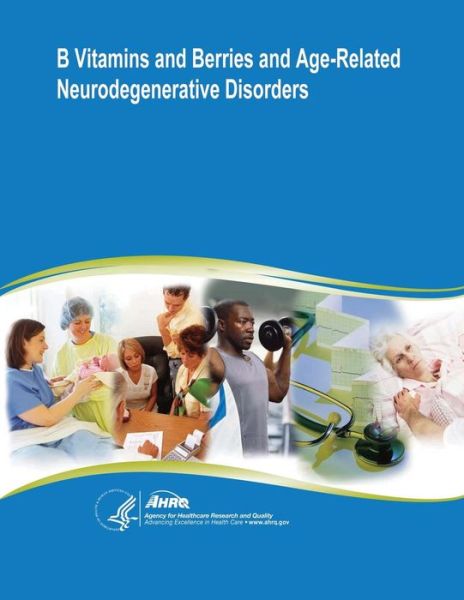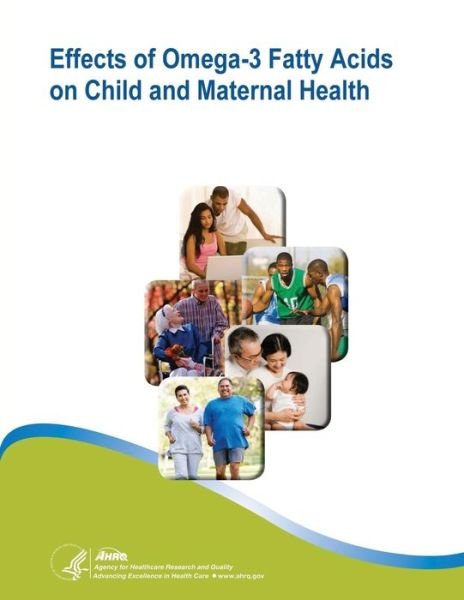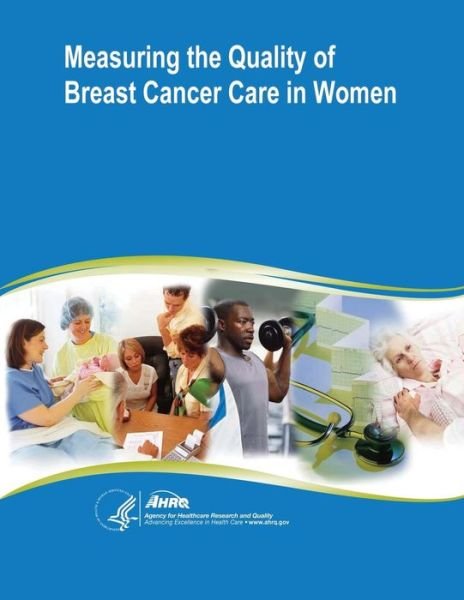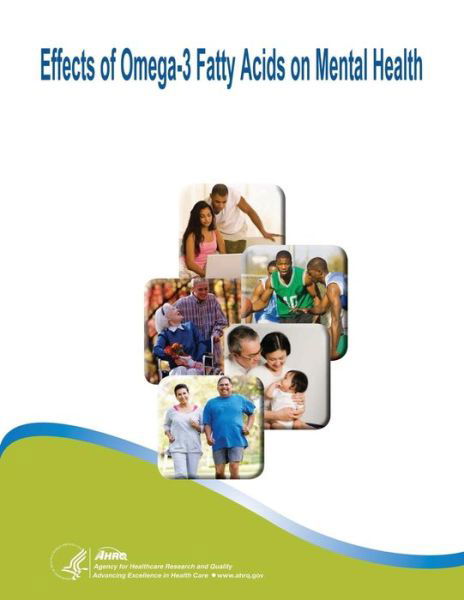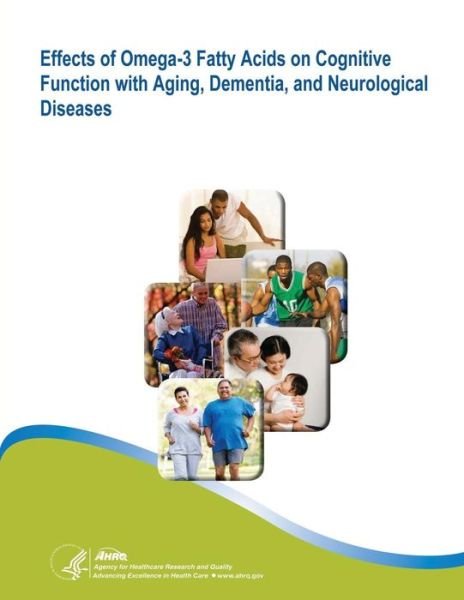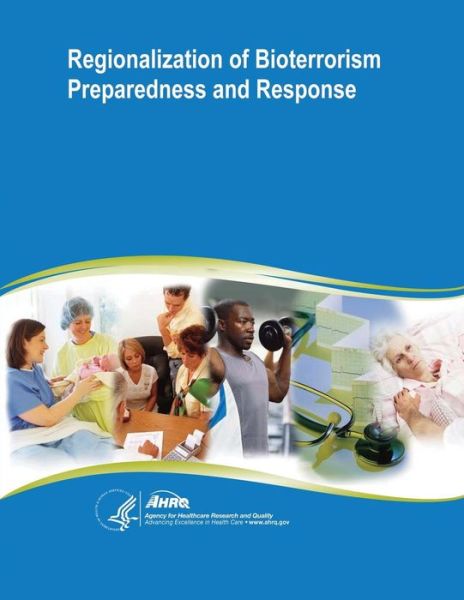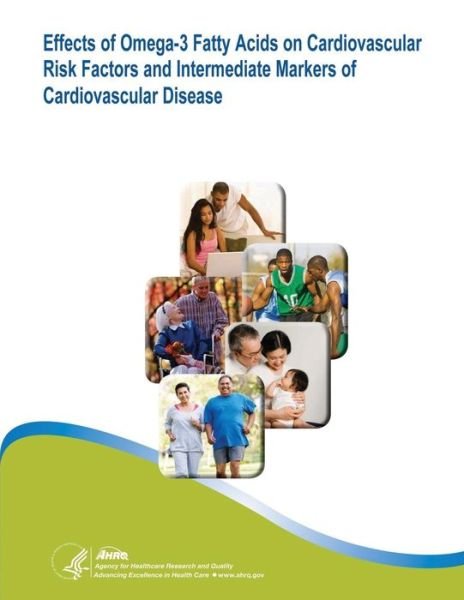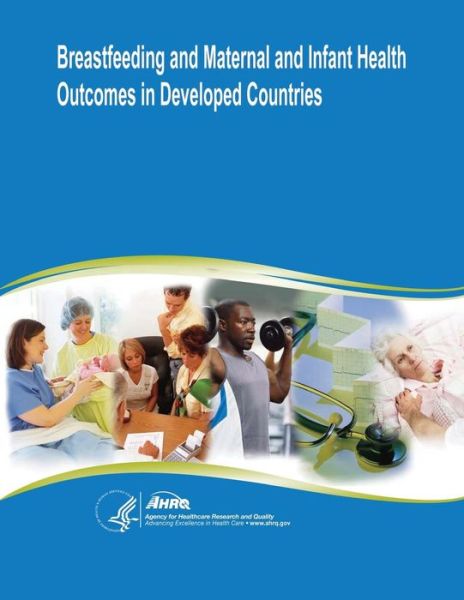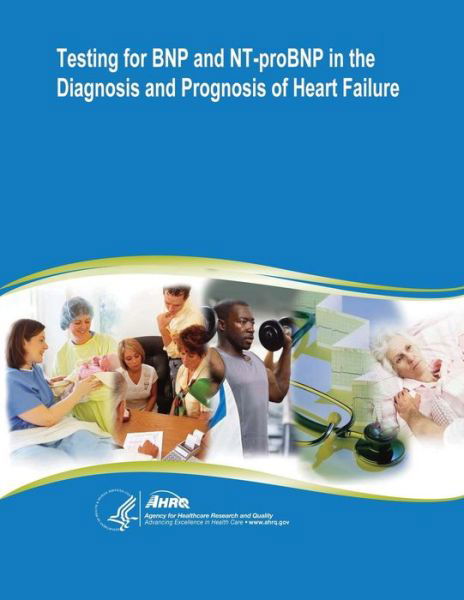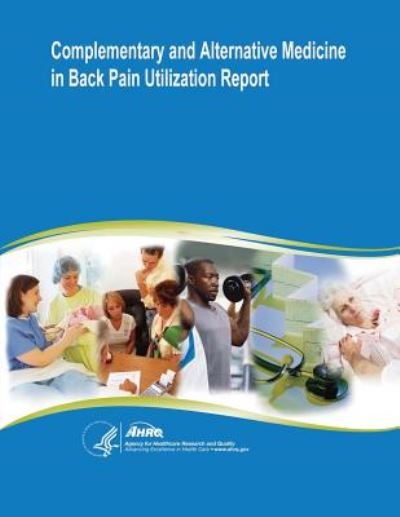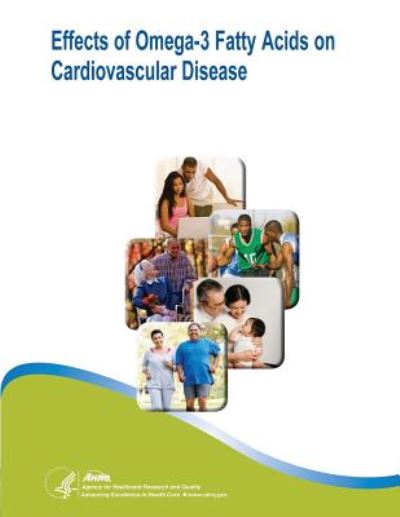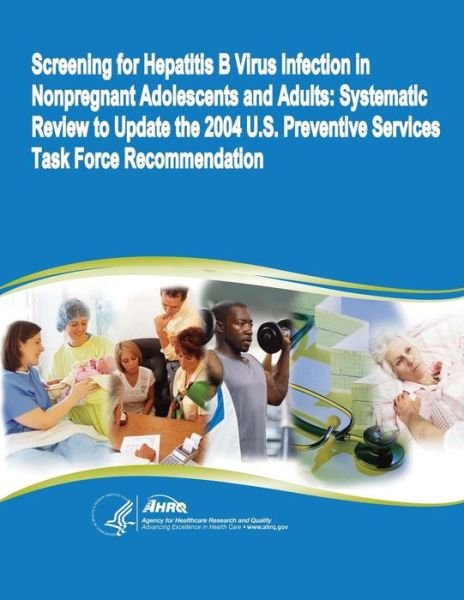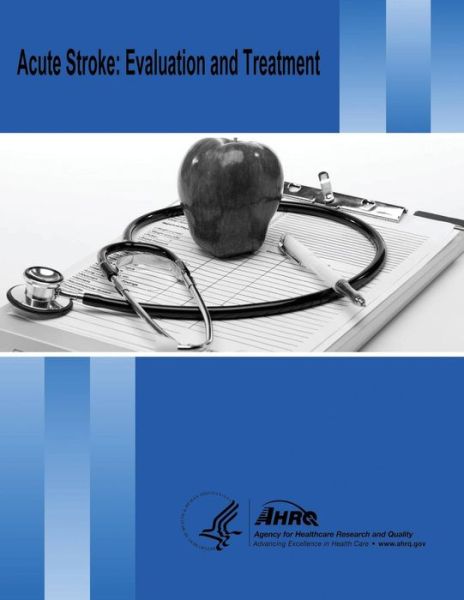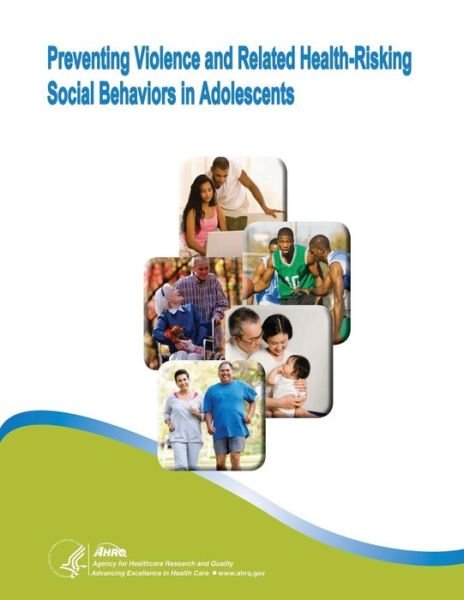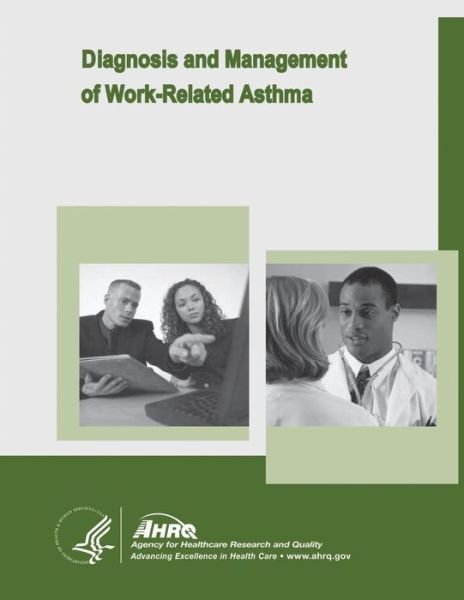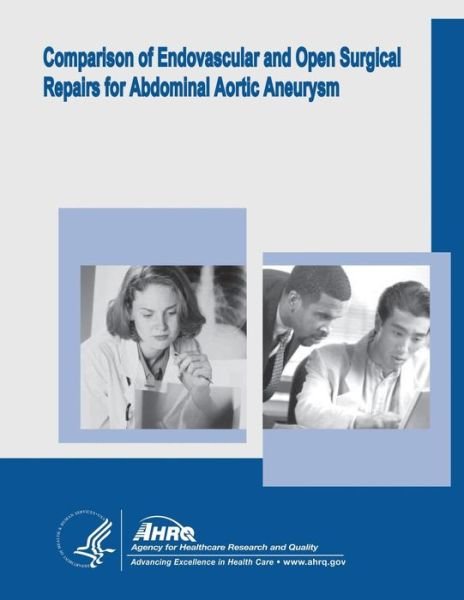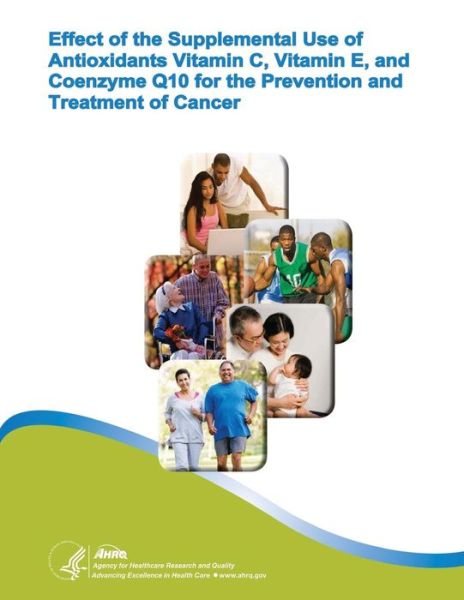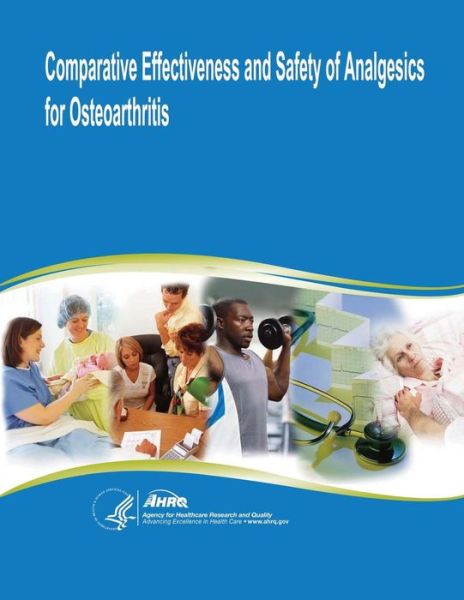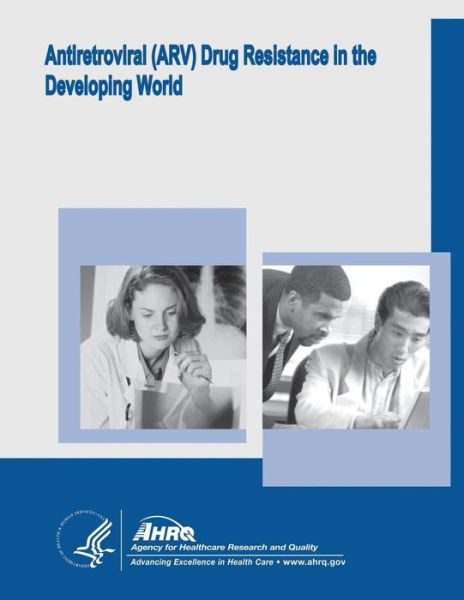
Tell your friends about this item:
Antiretroviral (Arv) Drug Resistance in the Developing World: Evidence Report / Technology Assessment Number 156
U S Department of Healt Human Services
Antiretroviral (Arv) Drug Resistance in the Developing World: Evidence Report / Technology Assessment Number 156
U S Department of Healt Human Services
Publisher Marketing: The clinical management of HIV infection has greatly improved through the use of highly active antiretroviral therapy (HAART), which comprises the following classes of agents: nucleoside or nucleotide reverse transcriptase inhibitors (NRTIs), non-nucleoside reverse transcriptase inhibitors (NNRTIs), protease inhibitors (PIs), and fusion inhibitors. The clinical effectiveness of these therapies is mediated by treatment-induced reduction of HIV viral replication as demonstrated by measurements of the amount of HIV RNA in the blood (the plasma viral load). However, successful suppression of HIV replication is influenced by the intrinsic potency of the prescribed regimen, patient adherence to treatment, and pre-existing or emerging resistance to antiretroviral (ARV) agents. Resistance of HIV to ARV agents was first reported within 2 years of the approval of the NRTI zidovudine (ZDV) for the treatment of persons with late-stage HIV infection. Subsequently, transmission of a ZDV-resistant isolate was first reported in 1992. The development of ARV resistance has since been reported with all other commercially available ARV agents within all classes.5 Because drug resistance mutations often decrease the activity of many ARV agents within an individual class, the emergence of a single major resistance mutation can have important effects on a patient's response to multiple ARV agents. Thus, assessment of the proportion of HIV-infected persons who have developed ARV resistance and characterization of the causes and factors associated with resistance development are critical steps in modifying treatment guidelines and regimens to improve their effectiveness. The purpose of this report was to review and synthesize the literature that describes the overall prevalence as well as factors in the development of ARV resistance throughout the developing world, particularly studies that address resistance in non-clade B viral strains (a clade is a group of organisms believed to originate from a single common ancestor; non-clade B viruses are that subtype of virus that is more common outside of North America and Western Europe). According to International AIDS Society recommendations, evaluating susceptibility patterns among non-clade B persons should be a high priority because these viruses are by far the most prevalent world-wide.
| Media | Books Paperback Book (Book with soft cover and glued back) |
| Released | May 30, 2014 |
| ISBN13 | 9781499726169 |
| Publishers | Createspace |
| Pages | 212 |
| Dimensions | 216 × 279 × 11 mm · 503 g |



